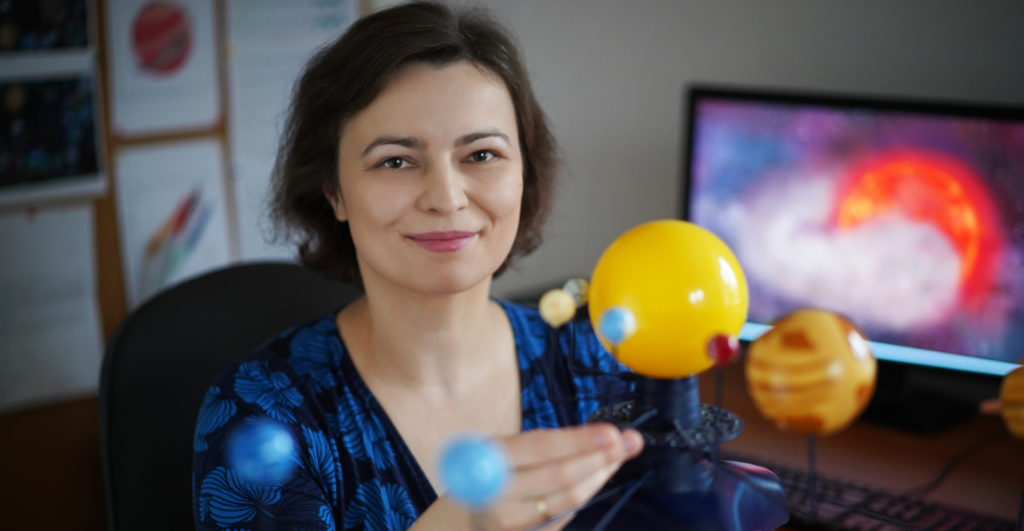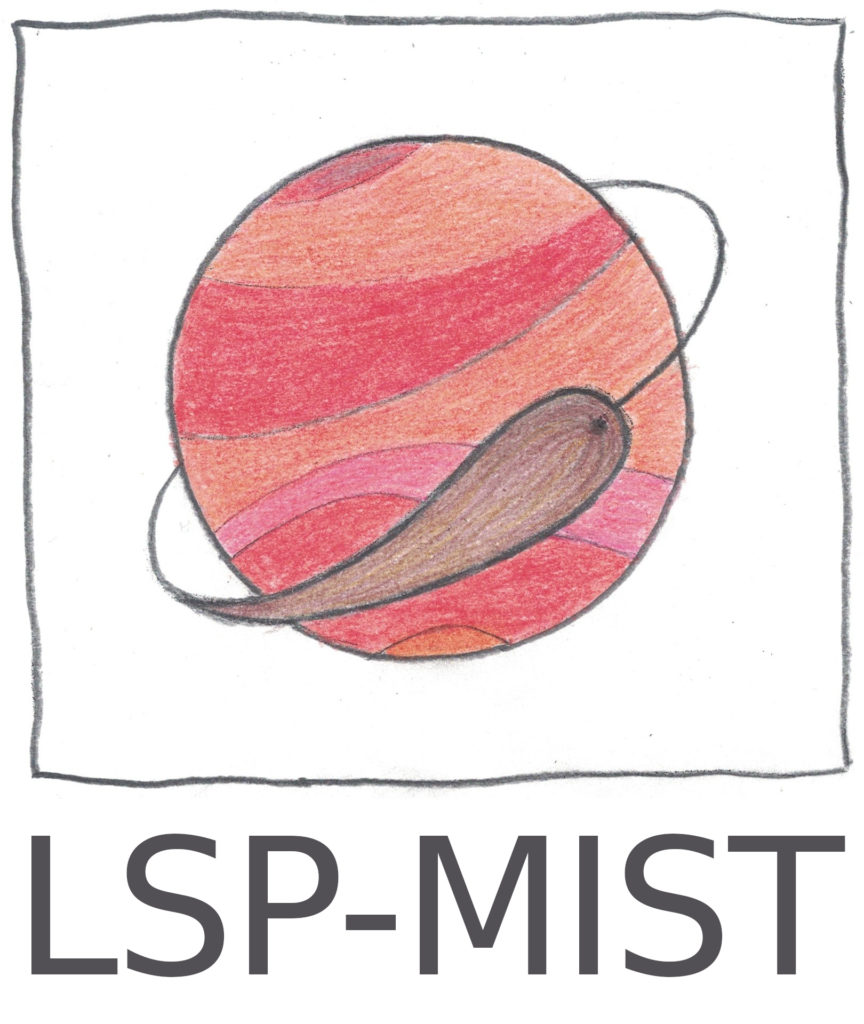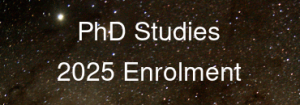ERC Starting Grant awarded to Dr Dorota Skowron

Dr Dorota Skowron from the UW Astronomical Observatory was awarded the European Research Council (ERC) Starting Grant for her project “A MISTery of Long Secondary Periods in Pulsating Red Giants – Traces of Exoplanets?” (LSP-MIST). Dr Skowron will work on a new method to discover exoplanets in the farthest regions of our Galaxy and in other galaxies. The funding of the project exceeds 1.38 million EUR.
”Planets, especially the extrasolar ones, have always fascinated people. We wonder if there is life on other planets and whether we’ll meet the inhabitants of other worlds. For us, astronomers, it is very important to discover a large number of extrasolar planets, so that we can better understand how and where planetary systems can form. But not only the number of planets is important for testing planet formation theories. It is also important to observe them in a variety of environments, that is in different places in our galaxy, and preferably also in other galaxies,” said Dr Dorota Skowron.
Almost all of about 4.5 thousand exoplanets that were found until now are located in our neighborhood, because we do not have methods that would allow to discover faraway exoplanetary systems in different parts of our Galaxy and in other galaxies.

”To create this new method, I will use variable stars called LSP (long secondary periods). We think that these stars are actually binary systems in which a bright giant star is orbited by a mysterious object submerged in a dusty cloud. We suspect that this object is a former planet that accreted some matter lost by the star in the form of the stellar wind during last stages of of its evolution,” as Dr Skowron explained.
The results of LSP-MIST project will help answer fundamental questions of exoplanetary science such as: how are planets distributed in our and other galaxies”; and how is their occurrence rate related to the chemical content and density of their environments?
The new method could revolutionize the field of exoplanet detection, by allowing to discover them in the farthest regions of the Milky Way and in other galaxies, which is impossible with the current techniques.
“We will apply this new method to hundreds of thousands of LSP stars already discovered by the OGLE project, both in our and in nearby galaxies. This means hundreds of thousands of new exoplanets, which will be a huge progress in understanding where we come from,” adds Dr Skowron.




